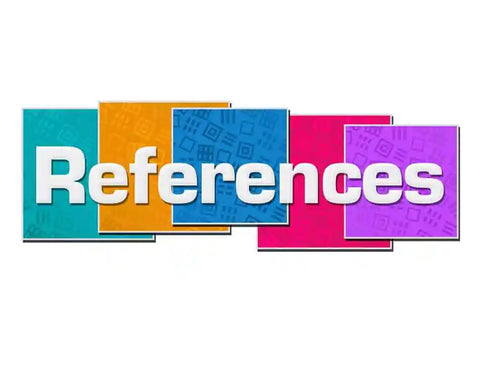規劃學術研究文章的內容呈現
您數月來進行的研究終於完成了,結果也得到了收集和分析,並且您對希望提出的論點和希望分享的結論有了相對清晰的想法。然而,開始撰寫向學術界或科學界報告你的研究成果的論文仍然有些困難。您的文本需要清晰簡潔,但也必須詳細記錄您的研究方法和結果,並以適當的複雜性分享您的想法。顯然,您需要一個計劃——一個能夠讓您清晰、準確、有效地傳達所有複雜研究的本質的計劃。
我所說的計劃並不是指大多數期刊和許多學術出版商所要求的章節和其他組織要素的固定結構,儘管在製定內容計劃時一定要牢記這些要求。相反,我的意思是一份計劃,概述應該報告的具體內容,例如介紹背景、方法描述、結果分析等,以及在論文的更大結構中呈現該內容的具體順序。一個好的計劃將優先考慮讀者理解正在調查的問題和您的工作所做的貢獻所需的資訊。它還將幫助您盡可能簡單,但這並不是說目標是簡單的工作。相反,與高級研究相關的程序和概念本身就已經足夠複雜了,因此簡單的風格加上清晰準確的解釋通常會取得成功。
如果您已經知道希望在哪裡發表您的作品,期刊或其他出版商的指南中指出的長度要求將決定可以包含多少細節。一篇非常短的論文可能會使用一個或兩個例子來展示主要趨勢和任何重要的異常,而一篇長論文則能夠更徹底地傳達試驗、結果、例外等。充分利用表格、圖表、附錄和線上檔案可以為您提供很大的空間來呈現更複雜的數據,即使是在短篇論文通常要求的簡化主要討論的範圍內。
表格、圖表和附錄有時會被計入字數,有時則不會,因此,找到表格和文本之間的適當平衡點,應該考慮出版商的要求以及向讀者最有效地呈現材料的方式。在決定包含哪些內容以及如何呈現時,讀者應該始終放在首位,因此採用預期讀者的觀點會很有幫助。例如,在開始起草結果部分之前,準備好清晰的試驗資料表,可以幫助您像讀者一樣使用這些表格。該策略還可以幫助您確定哪些表格最有用以及如何最好地呈現它們以滿足讀者的需求。如果您發現自己詞窮,需要擴展討論,這些表格也可能會讓您想起令人信服的例子,並為您提供大量進一步思考的素材。
為什麼選擇我們的編輯和校對服務?
在 Proof-Reading-Service.com,我們透過龐大且極其敬業的學術和科學專業團隊提供最高品質的期刊文章編輯、論文校對和線上校對服務。我們所有的校對人員都是英語母語人士,擁有研究生學位,他們的專業領域涵蓋了廣泛的學科,因此我們能夠幫助我們的國際客戶進行研究編輯,以改進和完善各種學術手稿,從而成功出版。我們的稿件編輯和校對團隊中許多經過精心培訓的成員主要負責擬在學術期刊上發表的文章,運用嚴格的期刊編輯標準,確保每篇論文中使用的參考文獻和格式符合期刊對作者的指示,並糾正任何語法、拼寫、標點或簡單的打字錯誤。透過這種方式,我們使客戶能夠以清晰準確的方式報告他們的研究,以打動收購校對員並實現出版。
我們為各種科學期刊論文的作者提供的科學校對服務尤其受歡迎,但我們也提供手稿校對服務,並擁有校對和編輯所有學術學科以及其他學科手稿的經驗和專業知識。我們的團隊成員專門從事醫學校對服務,我們的一些專家專門致力於論文校對和手稿校對,透過最嚴格的博士論文編輯和期刊文章校對實踐,為學者提供提高格式和語言使用能力的機會。無論您是在準備會議論文以供展示,完善進度報告以供與同事分享,還是面臨編輯和完善任何類型學術文獻以供出版的艱鉅任務,我們專業團隊的合格成員都可以提供寶貴的幫助,讓您對您的書面作品更有信心。
如果您正在為學術或科學期刊準備一篇文章,或者計劃在不久的將來實現這一目標,那麼您可能會對一本新書《期刊出版指南》感興趣,該書可在我們的「期刊發表研究成果的技巧和建議」網站上找到。








